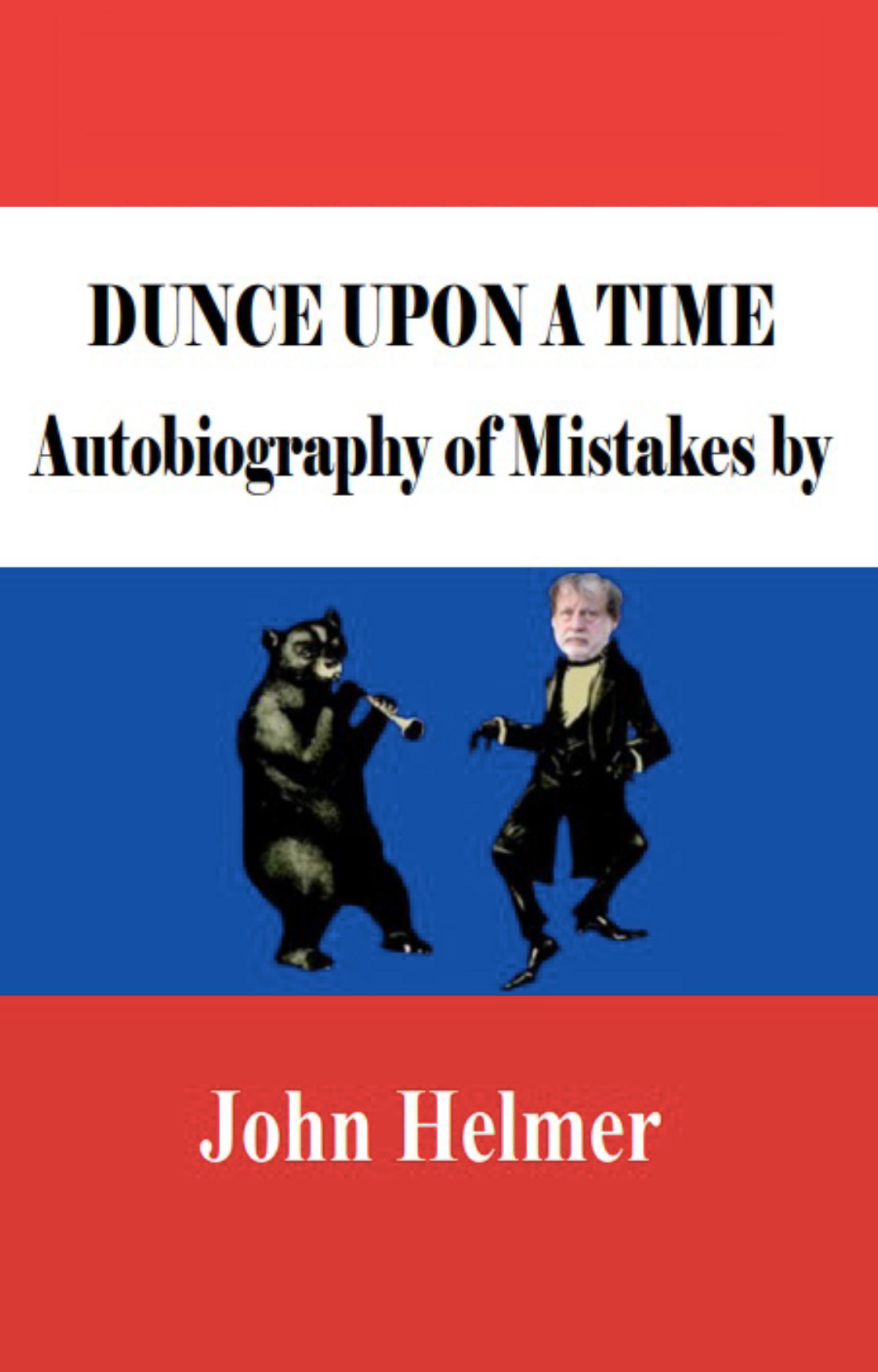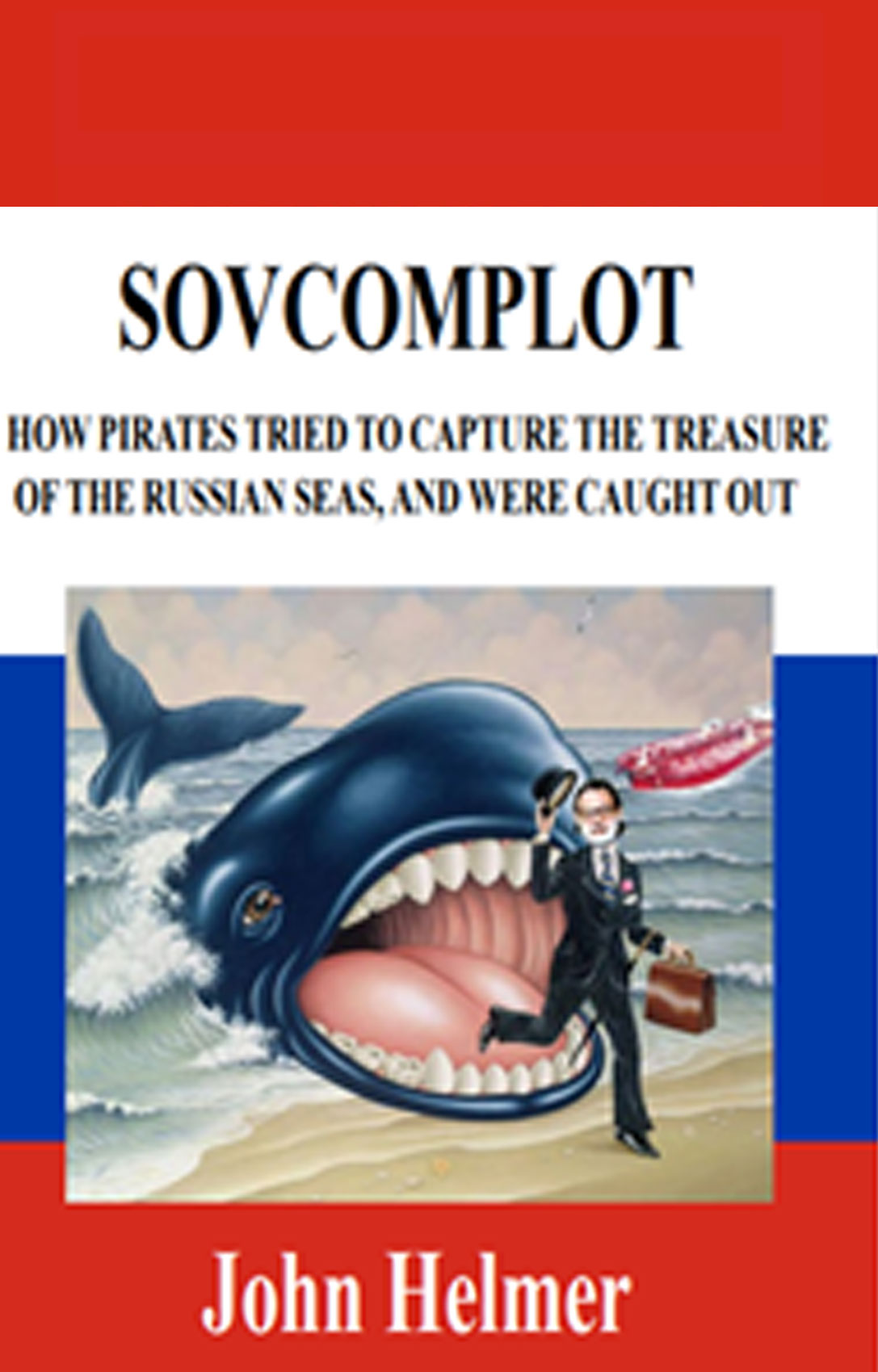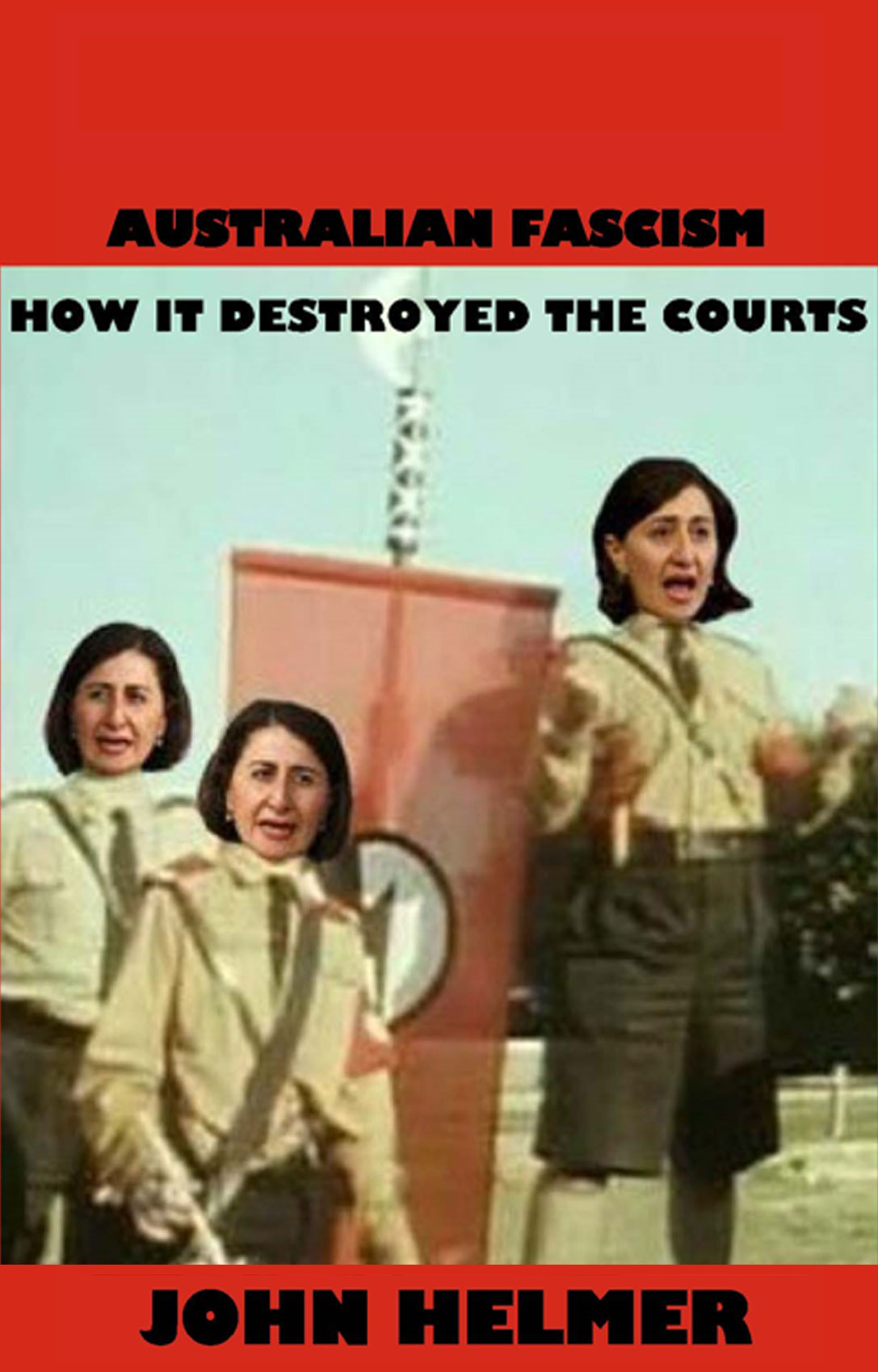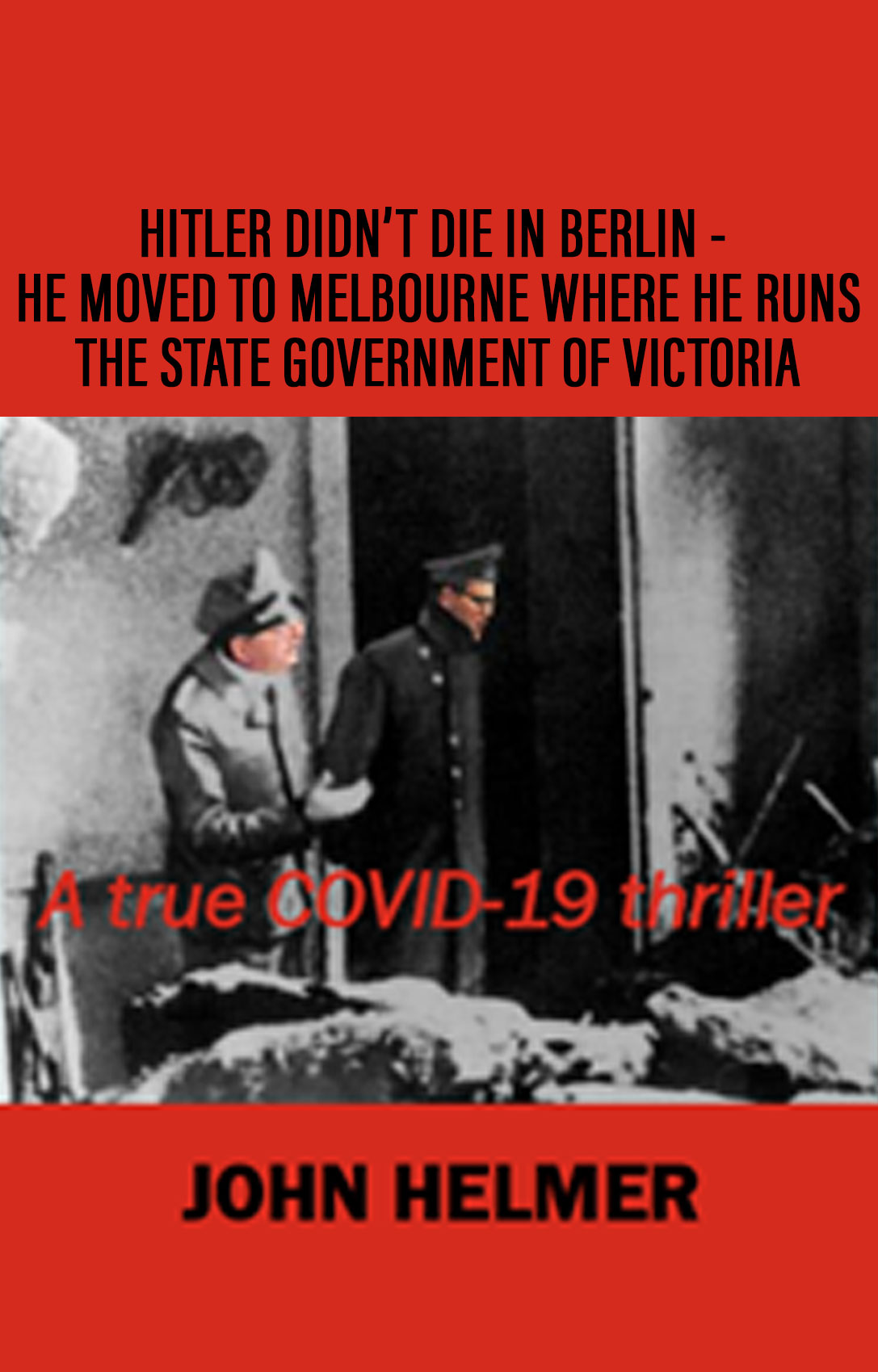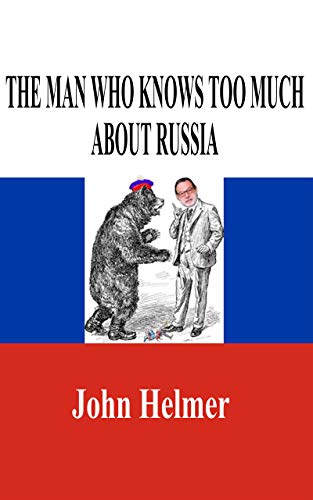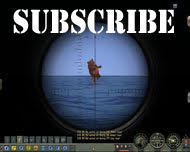

By John Helmer, Moscow
@bears_with
Over the last three days the General Staff’s electric war strikes have continued to intensify on their targets and extend right across the Ukraine, with local utility companies announcing blackouts from Kharkov in the east to the western regions (lead image).
In itemizing the targets on the map, Mikhail Zvinchuk, chief of the Rybar military blog, reported that “Ukrainian sources stated that the night raid on gas production and processing facilities was the largest since the start of the special military operation. This is indirectly confirmed by the estimated number of munitions fired. The gas infrastructure in the east…has already been the target of massive attacks multiple times and has suffered significant damage. Therefore, it is quite likely that the consequences of the new raid could indeed be very severe for the enemy. It is also worth noting that the Russian Armed Forces have concentrated on sensitive nodes of electricity generation and transit of the enemy. On November 8, the state company Centrenergo announced the shutdown of all thermal power plants in the country.”
“Contrary to fears,” Zvinchuk commented, “the campaign of strikes on the fuel and energy complex of the so-called Ukraine is only gaining momentum.” He means that Russian military analysts are well aware and are now reporting that since the electric war campaign first began in October 2022, the number of strikes has been limited in duration, firepower, and damage effected, and the momentum of the campaign stopped short.
But not this time, military sources in Moscow believe.
Some of the sources have claimed the General Staff did not have the capacities to fully implement the electric war in the first two years, and that they still need more time and more resources to sustain the momentum to achieve the full countrywide blackout they are aiming at. Click to read the archive of the campaign here. For an all-source timeline, read this.
Other sources believe the military resources, logistics pipeline, targeting intelligence, and weapons accuracy and survivability were not as available to the General Staff in October 2022 when the campaign began, as they have been since October of this year — and this is the reason momentum has been suspended in each of the earlier years.
One source says that President Vladimir Putin imposed restrictions on the extent and duration of the campaign but gradually he has been persuaded to relax them; although even now, the source points out, the Defense Ministry’s daily bulletin continues reporting the electric war strikes, not as war strategy but as tit-for-tat operations responding to Ukrainian “terrorism” – that is, Ukraine drone and missile attacks on civilian infrastructure in the Russian hinterland. “In response to the terrorist attacks by Ukraine on civilian targets in Russia, from November 1 to November 7,” the Ministry bulletin announced on Saturday, “the Armed Forces of the Russian Federation carried out seven group strikes with precision weapons, as well as unmanned aerial vehicles, as a result of which enterprises of the military industry of Ukraine and facilities of the gas and energy complex that provided their work, the transport infrastructure used in in the interests of the Armed Forces of Ukraine…”
A source in a position to know says the restrictions on the electric war have been political, not military, and for the time being Putin appears to have lifted them.
“I have a tough time believing that the General Staff did not have the intelligence, let alone the weapons accuracy and survivability necessary to prosecute the electric war from the start,” the source comments. “First, as the vast majority of the Ukrainian electrical grid, especially the 750kV backbone, was, and still is, more than fifty years old, Soviet-era equipment. Information on the Ukrainian electrical generation, transmission, and distribution network was, and still is, widely available in open source. There is no way that the electrical or civil engineers employed by the General Staff could not know what to target and what firepower was necessary. In terms of weapons, the Russian forces had then, as they do now, stocks of cruise, ballistic, and other air-dropped weapons, not to mention sabotage capabilities, to destroy the critical Ukrainian electrical nodes. There are approximately 35 major Ukrainian substations — so again, the available information for targeting is open source. Looking at the data provided in these sources, the General Staff have had more than enough ordnance to take them all out. They didn’t. Moving forward from this line of thinking, I am curious to know why Ukrainian electrical laydowns [storage areas] and service vehicles have not been targeted. Are we to assume these could not be seen? This defies rudimentary understanding of enemy logistic and repair capabilities. Quite obviously, the delay to date in achieving the complete collapse of the Ukrainian grid was and is the product of political decision-making, not any lack of capability on the Russian military’s part.”
The new frankness from the Moscow sources follows what they believe to be language from President Donald Trump encouraging the Kremlin to speed up its military operations. “Sometimes people have to fight it out a little bit longer,” Trump told Hungarian Prime Minister Victor Orban last Friday, “ but I think we agree that the war is going to end in the not too distant future.” At their meeting, Trump said his phrase, “not too distant future”, three times over.
He was also repeating his line, “sometimes you have to let them fight it out”, from February 27, 2025; June 15; and November 1.












